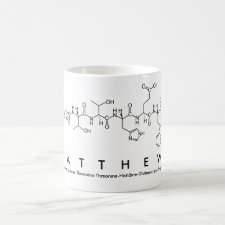
Authors: Speight RE, Cooper MA
Article Title: A Survey of the 2010 Quartz Crystal Microbalance Literature.
Publication date: 2012
Journal: Journal of Molecular Recognition
Volume: 25
Issue: (9)
Page numbers: 451-473.
DOI: 10.1002/jmr.2209
Abstract: In 2010 there has again been an increase in the number of papers published involving piezoelectric acoustic sensors, or quartz crystal microbalances (QCM), when compared to the last period reviewed 2006-2009. The average number of QCM publications per annum was 124 in the period 2001-2005, 223 in the period 2006-9, and 273 in 2010. There are trends towards increasing use of QCM in the study of protein adsorption to surfaces (93% increase), homeostasis (67% increase), protein-protein interactions (40% increase), and carbohydrates (43% increase). New commercial systems have been released that are driving the uptake of the technology for characterisation of binding specificities, affinities, kinetics and conformational changes associated with a molecular recognition event. This article highlights theoretical and practical aspects of the principals that underpin acoustic analysis, then reviews exemplary papers in key application areas involving small molecular weight ligands, carbohydrates, proteins, nucleic acids, viruses, bacteria, cells, and membrane interfaces. Copyright © 2012 John Wiley & Sons, Ltd
Template and target information: Review - QCM sensor literature survey
Author keywords: quartz crystal microbalance, QCM, label-free, acoustic wave, affinity, kinetics, biosensor, piezoelectric, screening, review, haemostasis, protein immobilization, Clinical analysis, bacteria, cell attachment, Cell adhesion, molecular imprinted polymer, membrane, supported lipid layer, protein adsorption, self-assembled monolayer, protein-protein interaction, polymer film



Join the Society for Molecular Imprinting

New items RSS feed
Sign-up for e-mail updates:
Choose between receiving an occasional newsletter or more frequent e-mail alerts.
Click here to go to the sign-up page.
Is your name elemental or peptidic? Enter your name and find out by clicking either of the buttons below!
Other products you may like:
 MIPdatabase
MIPdatabase









